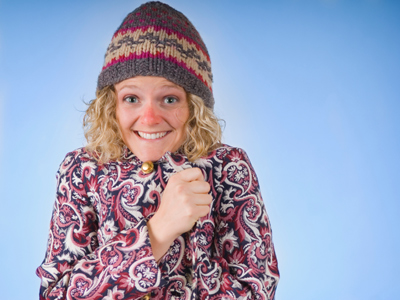

Unit 3 - Thermoregulation
Have you ever wondered how we manage to keep cool on hot days or to stay warm when it's snowing? The answer is thermoregulation. Thermoregulation is the control of the internal body temperature in warm blooded animals (birds and mammals - including humans) and in this GCSE Biology quiz we find out exactly how thermoregulation works.
The body temperature of a warm blooded animal must be kept within precise limits so that the organism can still function. In humans, if the body temperature is too high, for example during a fever, dehydration and heatstroke can occur. If the fever is not reduced, eventually the patient will die. The same happens with a low body temperature and is more commonly referred to as hypothermia or exposure. So, how does the body manage to control its temperature?
Ready for more?
not all...
quizzers. Try to win a coveted spot on our Hall of Fame Page.






